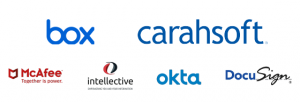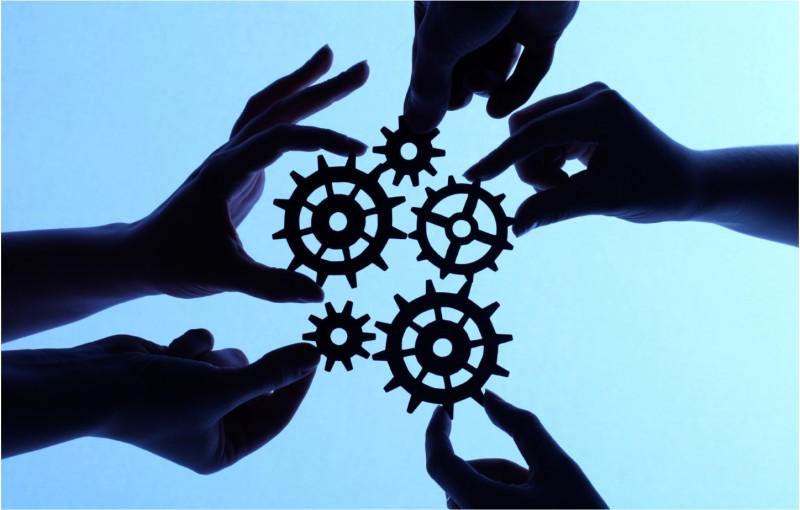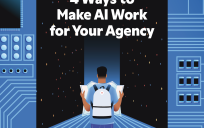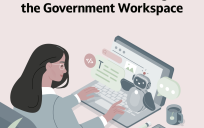We all tend to hang onto items that no longer get the job done. Maybe you have a wobbly stool at your kitchen counter or a TV remote with a sticky power button.
Now think bigger than that – an entire government’s aging hardware that stores classified data, powers applications and services citizens.
Upgrading is never easy, because the old – even with all its nuisance – comes with a given familiarity. But eventually, that switch is necessary.
Government IT departments are facing the exact challenge of when, what and how to upgrade, as their applications become growingly outmoded and user experience suffers.
“It’s not easy to just rip out your mainframe and replace it with another thing because all of your business policies are tied to it,” Sonny Hashmi, Managing Director of Box for Government, said. Hashmi was the industry keynote at GovLoop’s “Where Collaboration and Digital Transformation Intersect” event, kicking off a half-day session of speakers discussing digital transformation through the cloud.
Currently, legacy systems siphon off 70 to 80 percent of agency IT budgets, and federal agencies spend 10 times more than the private sector on maintenance. Legacy systems also are vulnerable to security breaches, an increasing concern in government when dealing with data.
Hashmi explained that governments have to transition to both a digital workplace and digital business, where workflow technologies create a product that matches user expectations.
“You can’t do one or another. You can’t be the digital-first agency for when citizens interact with you, when behind the scenes you’re still sending faxes to each other,” Hashmi said. He said of the main challenges government IT departments face, user and citizen engagement, technology modernization and cybersecurity are focus areas.
Most organizations still deal with fragmented data and applications, with little coordination between siloes, Hashmi said. Integrating cloud content management, agencies can harmoniously merge applications – with providers like Box offering over 1,400 different integrations.
“If you can solve for that problem in one platform – so that you can actually automate that entire lifecycle of creation to disposition and archival in one place – that would be cool,” Hashmi said. “But what would be even cooler is if you actually bring together an ecosystem of specialty providers that can actually do something with that data.”
On the cloud, tools can parse and analyze previously unused data with artificial intelligence (AI). Technologies such as facial and voice recognition have furthered the potential for instant data feedback. Instantly, this conversion improves user experience.
Integrating data also enhances security, by locking data in one location and restricting permissions so that people can only access what they can use.
Several prominent organizations have already explored the potential of integrated cloud services, including the Forest Service, which was able to deliver live maps and communication to field workers and volunteers during forest fire season.
“If you bring these [applications] together, you can actually improve productivity,” Hashmi said.
Hashmi was the opening speaker for Thursday’s event. GovLoop will post full recaps online throughout the day.






I love your analogy for the government’s legacy applications. I think everyone can relate to having a tech item that they’re way too attached too even though a newer version exists. For me, that’s probably my laptop.